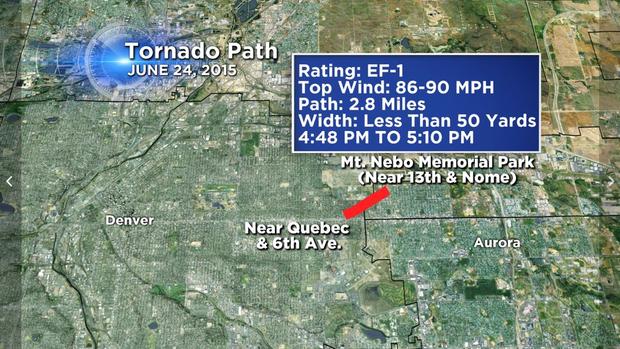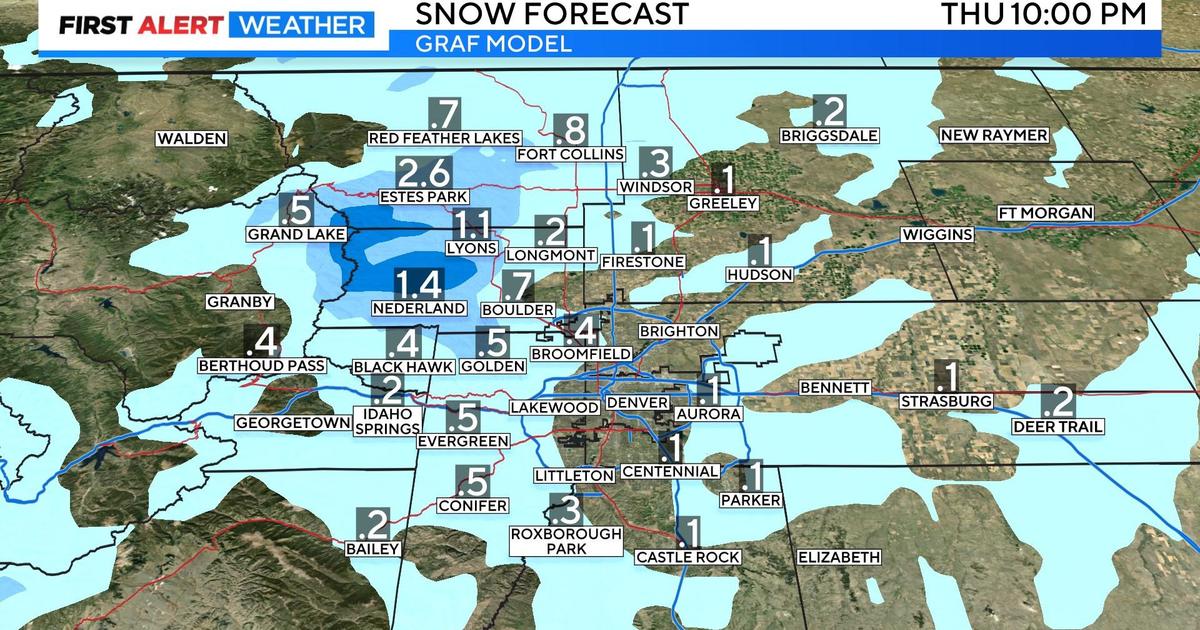Tornado Or Not? The Tedious Task Of A Storm Survey
DENVER (CBS4) - When a severe storm produces damage that resembles a tornado, the local office of the National Weather Service suddenly has a huge task at hand.
Meteorologists spend hours looking over radar data and mapping storm reports to start putting pieces of the "puzzle" together.
One of the most important parts of the survey process is a visit to the areas hit by the storm.
This is typically completed within 24 hours so officials can see the full extent of damage before the clean up begins.
In addition to looking at the overall damage scene, meteorologists will pay close attention to trees because they tell a powerful story about how the winds were behaving near the ground.
Surveyors also look for other signs that might not be so obvious which help indicate the strength of the storm.
Debris stuck into walls, against or in fences, and things like twisted pieces of metal can also indicate the strength of winds that might have been circulating on the ground.
Once all of this information is gathered a storm assessment will be written up and released to the public.
Based on the findings the damage will either be classified as straight-line winds or a tornado.
Meteorologists at the Boulder office of the National Weather Service determined Wednesday's tornado that hit east Denver and extreme western Aurora was an EF-1 with maximum winds of 86-90 mph.
Meteorologist Chris Spears writes about stories related to weather and climate in Colorado. Check out his bio or follow him on Twitter @ChrisCBS4.





